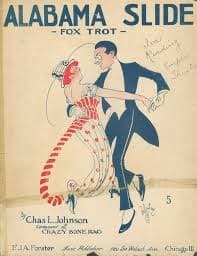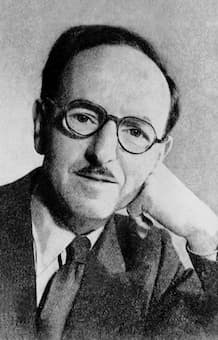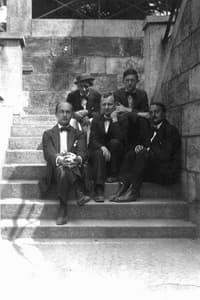
Sigurd Raschèr
Hector Berlioz wrote, “I find the main advantage of the saxophone to be the wide variety and beauty of its expressive possibilities. Sometimes low and calm; then passionate, dreaming, and melancholy; at times as gentle as the breath of an echo; other times like the vague, lamenting wail of wind in the trees.” The instrument was used in French opera for special effects and to add orchestral colour. It eventually became an essential member of jazz ensembles and swing bands. However, there is plenty of concert music in the classical idiom for the saxophone, and most of it was inspired and composed for Sigurd Raschèr (1907-2001).
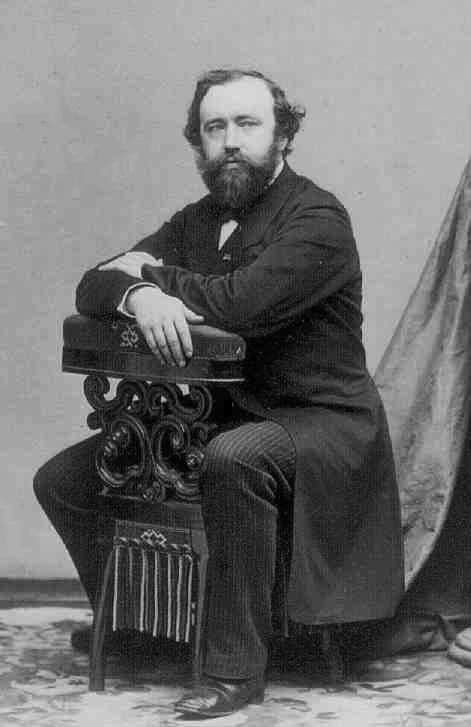
Adolphe Sax, 1850s
Sigurd Raschèr was born in Germany to an American military physician. Initially, he studied the clarinet, but in order to become part of a dance band, he started to play the saxophone. “As I did this for a couple of years,” he writes, “I became more and more unsatisfied. I started to practice furiously and slowly found out that it had more possibilities than was usually thought.” After moving to Berlin, he met the composer Edmund von Borck, who composed a concerto for him in 1932. The work was first performed at the General German Composers Festival in Hanover and was considered a huge success. In fact, the Berlin Radio Symphony Orchestra picked up the piece for a performance, and this was followed by performances in Strasbourg and in Amsterdam. Raschèr was lauded for his brilliant agility, sweetness of tone and musical sensibility and for substantially extending the range of the saxophone by more than an octave.
Contemporary reviewers wrote, “Raschèr’s mastery of his instrument and the control of an almost inaudible pianissimo is phenomenal. His cantabile has real beauty, and his dexterity must be almost unequalled.” Paul Hindemith (1895-1963) had been interested in the sound of the saxophone in the 1920s, and he included the instrument in the scores for his theatre works. It features prominently in his opera Cardillac, the story of a goldsmith who is uncontrollably in love with the jewellery he creates and ends up murdering the people who purchase them. In that score, the tenor saxophone, with its “vaguely erotic connotations of timbre, represents the goldsmith’s secret passion.” Raschèr approached Hindemith for a dedicated composition, and Hindemith responded with his Concert Piece for Two Alto Saxophones in 1933. Hindemith told his publisher that he had “written very quickly, a gymnastic exercise, an extensive saxophone duet.” As Raschèr had secured an appointment to teach at the Royal Danish Conservatory in Copenhagen, he took the Hindemith manuscript with him. Raschèr and his daughter Carina premiered the piece only in 1960.

A Yamaha saxophone
Raschèr’s engagement in Denmark was quickly complemented by an appointment in Malmö, Sweden. He continued to tour extensively, performing concerts in Norway, Italy, Spain, Poland, Hungary, and England. While concertising in England, Raschèr met Eric Coates (1886-1957), a leading violist, conductor and popular composer of light music. During his early career, Coates was primarily influenced by the music of Arthur Sullivan, but eventually, his musical style evolved “in step with changes in musical taste.” Coates primarily composed orchestral music and songs, and he never really wrote for the theatre and only occasionally for the cinema. In his Saxo-Rhapsody for Raschèr, however, he incorporated countless elements derived from jazz and dance-band music.
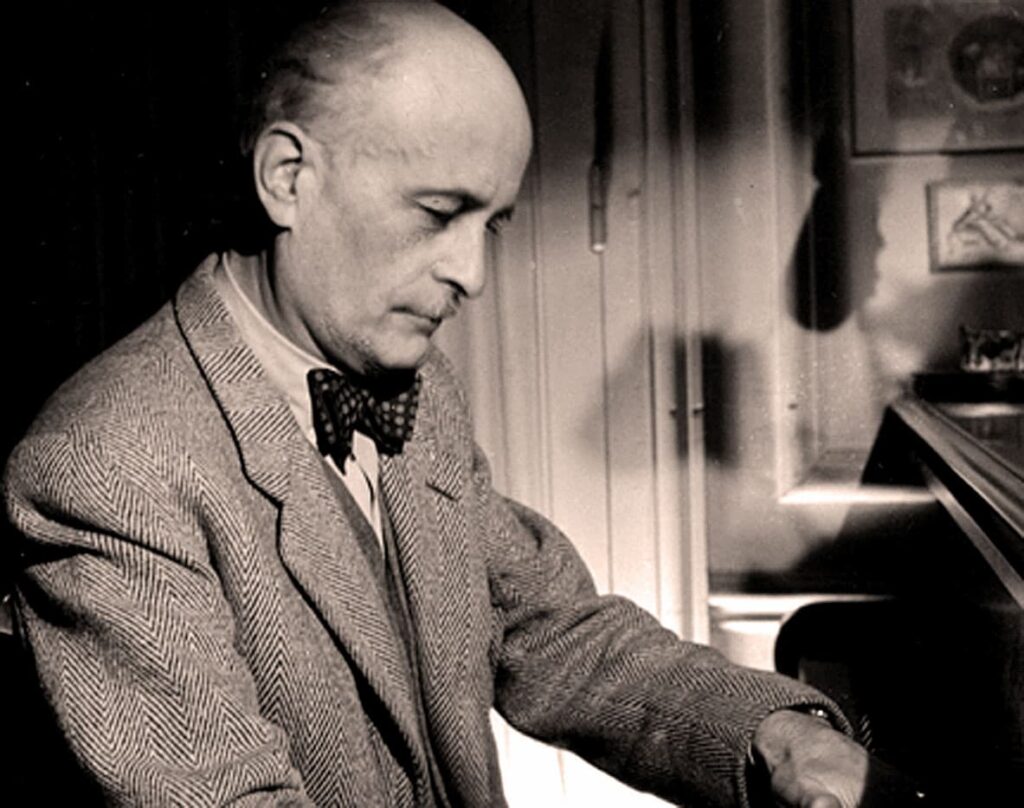
Jacques Ibert
In April 1936, Raschèr participated in the 14th Festival of the International Society for Contemporary Music (ISCM), and he premiered the Concertino da Camera by Jacques Ibert (1890-1962). Ibert was of the opinion that high-quality classical music does not always have to be deadly serious. He summed up his general approach and attitude towards music in a few words. “I want to be free and independent of the prejudices which arbitrarily divide the defenders of a certain tradition and the partisans of a certain avant-garde.” As such, Ibert rejected the two artistic trends that dominated the French musical scene at this time: French Impressionism and German Expressionism. Ibert only wrote music that he was happy to listen to himself. His Concertina da Camera is scored for alto saxophone and 11 instruments. The composer takes advantage of a number of contemporary musical trends, including the prevailing jazz and blues influences of his day.
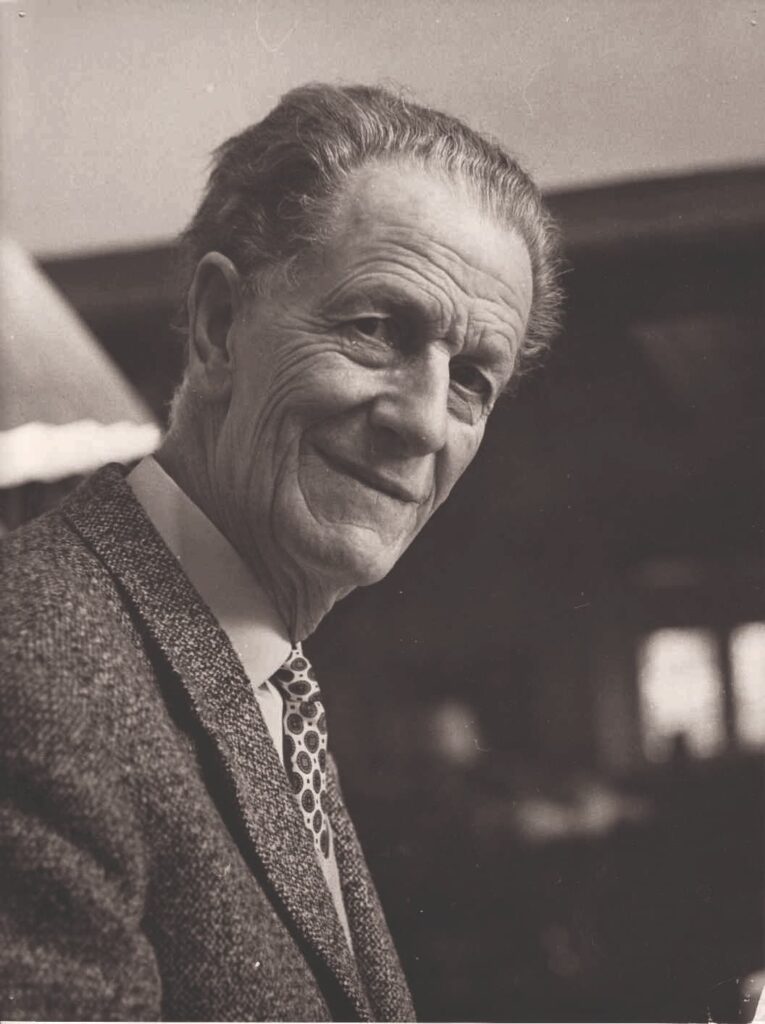
Frank Martin
The Swiss composer Frank Martin (1890-1974) initially followed the wishes of his parents and studied mathematics and physics. Concordantly, he took private music lessons with Joseph Lauber but never studied at a conservatory. Nevertheless, his music shows a clear awareness of the various strands of contemporary music. We find serialism, extended tonality, free atonality, neo-classicism and rhythmic experimentations. Martin is indebted to both French and German musical styles, and his Saxophone Ballade, dating from 1938, sounds “chromatic melodies, jabbing rhythms and a predilection for sections in a playful and often syncopated compound time, but with a high level of dissonance to excite the ear.”
Raschèr made his American début in 1939, and he played with the Boston SO and the New York PO, “the first saxophonist to appear as a soloist in a subscription concert given by either orchestra.” He would subsequently perform with more than 250 orchestras worldwide. A historian writes, “Throughout the middle decades of the twentieth century, a preponderance of the significant new saxophone solo and chamber repertoire would appear with the familiar dedication to Sigurd M. Raschèr, the outcome of not just his ongoing commitment to motivating some of the world’s finest composers, but also in part the result of genuine close friendships he developed with so many… And it is not without significance that among all the pieces written for and dedicated to him during his life, not one was commissioned. He inspired new music, he never needed to purchase it.” Case in point, the American composer and educator Maurice Whitney (1909-1984) was Raschèr’s personal friend, and the Intro and Samba was freely composed and dedicated to him in 1951.
In 1951 Sigurd Raschèr approached William Grant Still (1895-1978) for a saxophone commission. He writes, “I know many of your works, as every educated musician does. And many times, I did think: Still would be a composer who could write something for the Saxophone that would be truly in the nature and style of the instrument… I am convinced that composition from your hand would meet with very considerable interest, wherever performed.” Still completed the commission in 1954, and “because of its apparent simplicity and absence of technical virtuosity,” his Romance was initially overlooked by many recitalists. In the manner of Franz Schubert, Still introduces several phrases that are restated a number of times. “The challenge for the interpreter is to reveal fresh layers of meaning with each repetition, thus providing the listener with ample opportunity to experience the subtle tonal shadings and contrasts available from the saxophone.” The orchestra setting, in turn, reflects Still’s experience of working as a composer for many Hollywood films and as a creator of television scores.
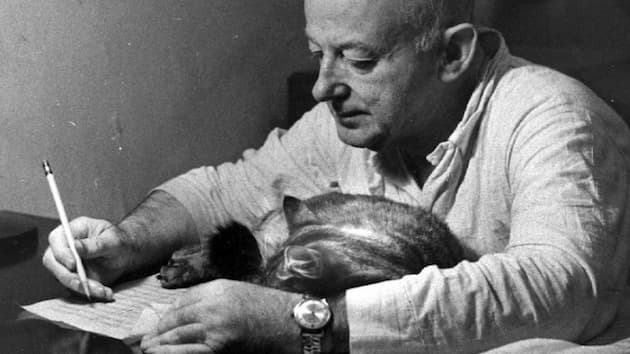
Henry Cowell
Raschèr stirred up a good bit of controversy by advocating that the saxophone used in classical music should sound like the inventor Adolphe Sax had intended. Sax specified that the interior of the mouthpiece should be large and round. With the advent of big-band jazz, however, saxophonists began to experiment with different shapes to “get a louder and edgier sound.” As a result, narrow-chamber mouthpieces also became common use by classical saxophonists. Raschèr was emphatic that the sound produced by modern mouthpieces provided the jazz player with a loud, penetrating sound but that “this particular sound was not appropriate for use in classical music.” Because the narrow-chamber mouthpiece became universally popular, Raschèr engaged a manufacturer to make official “Sigurd Raschèr brand” mouthpieces; they are still produced today.

Sigurd Raschèr with Carl Anton Wirth
The Idlewood Concerto by Carl Anton Wirth (1912-1986) was first performed on 22 October 1956 by the Chattanooga Symphony Orchestra. A critic wrote, “The overall impression of this work is of peaceful repose and meditation. The emphasis is less on rigid tonality and rhythm than on melody. The concerto develops from a melodic seed and proceeds without redundancy and complex variations. It is fresh and of lean construction. There is nothing superfluous in the progression and development of ideas.” Raschèr taught at the Juilliard School, the Manhattan School, and the Eastman School of Music. In 1969, he founded the Raschèr Saxophone Quartet, which commissioned and recorded many works by composers such as Berio, Glass, and Xenakis. In all, 208 works for saxophone are dedicated to him, and we should rightfully consider him the “King of Sax.”
